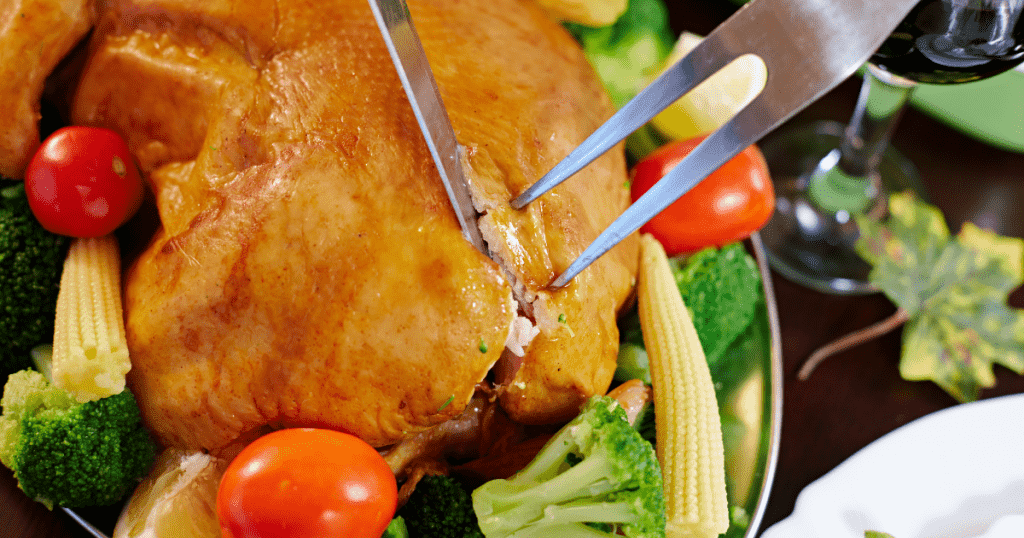Electric knives help provide that extra power to cut through particularly difficult foods, but they are not without their faults. We have listed some of the most common problems with electric knives below:
1. Dull knife blades
2. Faulty electric cord
3. Misaligned or bent knife blades
4. Faulty internal wiring
5. Dry knife bearings
In this article, we will address each of these common issues and provide solutions to help you get your electric knife fully functioning again.
1. Knife Blades Have Become Dull
Most electric knives are made for carving and so are equipped with a serrated edge but don’t be discouraged because these can still be sharpened. Carefully remove the knife blade from the handle. Holding it by the base with the edge facing away from you, run a sharpening rod in each serration to sharpen the blade.
Carefully reassemble the knife upon completion. Always make sure to unplug your electric knife before attempting to remove or replace the blade.
2. Electric Cord is Faulty
If your electric knife refuses to turn on, the electric cord may be faulty. Before attempting any repairs, ensure that your knife is unplugged to avoid serious injury. Inspect the cord for any visible outward signs of damage. Sometimes minor tears in the cord can be repaired with electrical.
If the damage cuts farther into the cord, you may need to strip the insulated portion of the cord from the internal wires before attempting to reattach or splice the copper wires back together. Another possible fix for a faulty electric cord is replacing the plug.
In the event that none of these solves the problem or you are not electrically inclined enough to safely repair the unit, contact the manufacturer for a replacement cord.
3. Misaligned or Bent Knife Blades
If your electric knife is cutting poorly, the blade may be misaligned or bent. Check that the knife is not plugged in and then look to see if the blade is straight. If it is bent, press it against a hard surface to straighten it out.
If it is not bent, it may be misaligned. You will have to remove it from the electric handle and reattach it making sure it lines up as it should according to the instruction manual. Alternatively, you could take it to a repair shop to be looked at if you don’t feel comfortable or are not successful realigning the blade.
4. Faulty Wiring Inside the Electric Knife
Similar to fixing a faulty electric cord, you will need to take the plastic covering off of the knife handle to reveal the inner mechanics. If you can spot any missing connections or frayed wires, try to fix these either with electrical tape or by splicing and soldering the wires back together.
As always, never work on these mechanisms without first unplugging the electric knife. If the problem is harder to diagnose or simple appliance repair is beyond your skill set, contact the manufacturer to see if they can guide you through repair steps or send the electric knife in for repair or replacement.
5. Dry Knife Bearings
As with any machine, keeping mechanically essential parts well oiled is critical to the proper functioning of an electric knife. If your electric knife seems a bit sluggish, check to see if the knife bearings are dry.
If so, apply some knife oil or lubricant to allow for better movement. Consult your electric knife’s instruction manual for recommended lubrications to use or contact the manufacturer and ask what would work best.
Recap
Electric knives are handy for carving a turkey or a whole pig roast, but they can easily malfunction. The most common problems include faulty internal wiring and electric cords, dry knife bearings, and misaligned or bent and dull knife blades. Before beginning any troubleshooting or repairs, be sure to unplug the electric knife.
Most small repairs involve the use of common tools and skill sets, but if you are not comfortable performing these fixes, you can always contact the manufacturer to walk you through the steps or send your unit in for repair by a professional. Get back to cutting the food you love with your handy electric knife!



